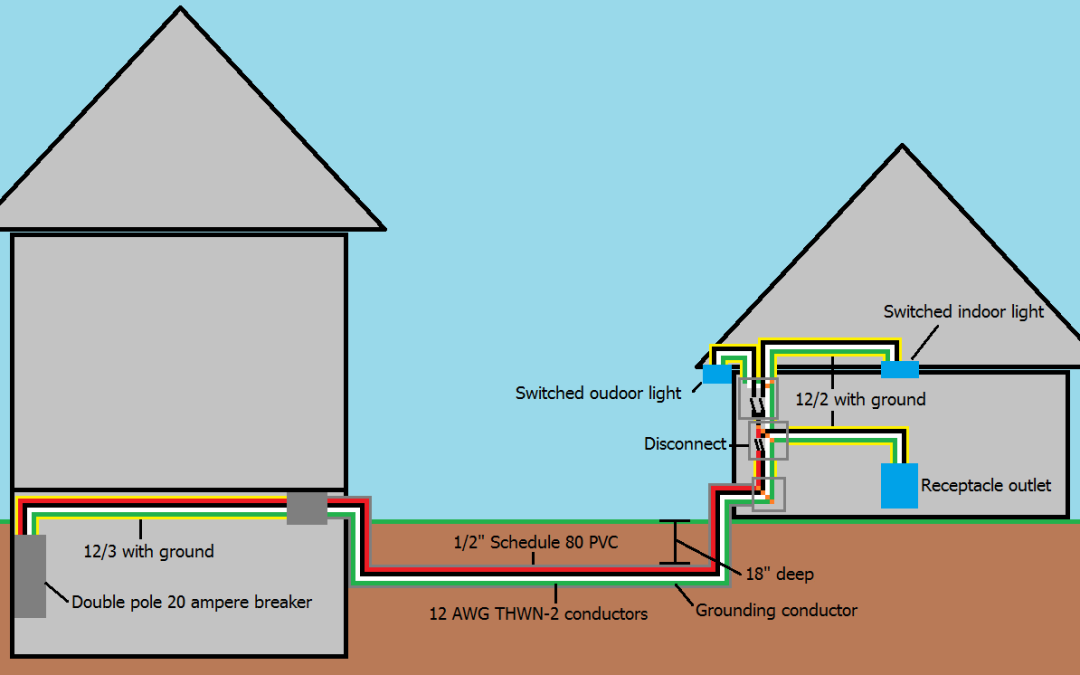Running a water line to a detached garage is a great way to improve its functionality and increase its value. The process may seem daunting, but with the right tools and some basic knowledge, you can do it yourself. Here are the steps to follow to run a water line to a detached garage:
Determine the Location of the Water Source
The first thing you need to do is to determine the location of the water source. You can either connect the water line to your house’s main water line or install a new water line from the main water source. Once you have identified the water source, you need to measure the distance between it and the detached garage. This will help you determine the length of the water line you need.
Obtain the Necessary Permits
Before you start any work, you need to obtain the necessary permits from your local building department. This is important as it ensures that your work meets the local building codes and safety standards.
Gather the Required Materials and Tools To run a water line to your detached garage, you will need the following materials and tools:
PVC water pipe
PVC cement
Pipe cutter or hacksaw
Measuring tape
Shovel
Trenching machine or digging tools
Pipe clamps
Adjustable wrench
Water meter (optional)
Backflow preventer (optional)
Dig the Trench
Once you have obtained the necessary permits and gathered the required materials, it’s time to dig the trench. The trench should be at least 18 inches deep and wide enough to accommodate the water pipe. You can use a trenching machine or digging tools to dig the trench.
Install the Water Line
After digging the trench, it’s time to install the water line. Start by measuring the length of the trench to determine the length of the water pipe you need. Cut the PVC water pipe to the desired length using a pipe cutter or hacksaw. Apply PVC cement to the pipe ends and fittings and join them together. Make sure that the joints are tight and secure.
Connect the Water Line to the Water Source
Once you have installed the water line, it’s time to connect it to the water source. If you are connecting the water line to your house’s main water line, you will need to shut off the water supply to your house and connect the water line to the main water line using pipe clamps. If you are installing a new water line from the main water source, you will need to install a water meter and a backflow preventer to ensure that the water flows in the right direction and to prevent contamination.
Test the Water Line
After connecting the water line to the water source, turn on the water supply and test the water line for leaks. Check all the joints and fittings for leaks and tighten them if necessary.
Bury the Water Line
Once you have tested the water line and ensured that it’s leak-free, it’s time to bury the water line. Fill the trench with soil and compact it to prevent settling.
Conclusion
Running a water line to a detached garage is a great way to improve its functionality and increase its value. The process may seem daunting, but with the right tools and some basic knowledge, you can do it yourself. Follow the steps outlined above to run a water line to your detached garage and enjoy the benefits of running water in your garage.

